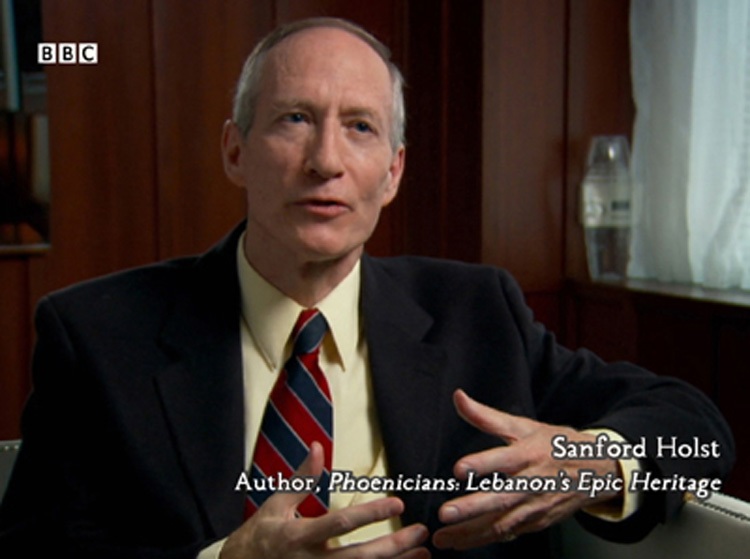
The best definition of the Phoenicians is that they were the skilled sailors and traders of antiquity who lived in what is now Lebanon, and spread to their colonies around the Mediterranean Sea. Their principal early cities were Byblos, Sidon and Tyre. These were joined later by the grand metropolis of Carthage. They were literate people who brought the Phoenician alphabet to other lands. Yet they were so private that they did not share their writings with outsiders. This is why so much of what we know about them was recorded by other societies in antiquity.
That brief definition is expanded considerably in the other pages of this website.
Various dictionary definitions of “Phoenician” include:
Random House Dictionary
Definition of Phoenician
pronounced (fi nish’ ən, fi nē’ shən)
noun 1. a native or inhabitant of Phoenicia. 2. the extinct Semitic language of the Phoenicians. adj. 3. of or pertaining to Phoenicia, its people, or their language. 4. noting or pertaining to the script used for the writing of Phoenician.

Merriam-Webster Dictionary
Definition of Phoenician
pronounced (fi-ˈnē-shən)
noun 1. a native or inhabitant of ancient Phoenicia. 2. the Semitic language of ancient Phoenicia.
Oxford Dictionary of English
Definition of Phoenician
Pronounced (fə’niSHən, fə’nēSHən)
noun 1. a member of a Semitic people inhabiting ancient Phoenicia and its colonies. The Phoenicians prospered from trade and manufacturing until the capital, Tyre, was sacked by Alexander the Great in 332 BC. 2. the Semitic language of the Phoenicians, written in an alphabet that was the ancestor of the Greek and Roman alphabets. adj. relating to Phoenicia, its people, or its language.
The content of this website is drawn from the research of historian Sanford Holst

Updated on October 3, 2023
CLOUD: Phoenicians definition, Phoenician definition

Further information
If you would like to experience more of the Phoenician world than you find in these short articles, see the book Phoenicians: Lebanon’s Epic Heritage. This extensive exploration is brightened with 104 illustrations.
Going beyond the few traditionally-cited facts, this authoritative work draws from discussions with leading archaeologists and historians to discover new clues and lines of inquiry into this secretive society.
Phoenicians
You can take a look inside this book. See the first pages here.
